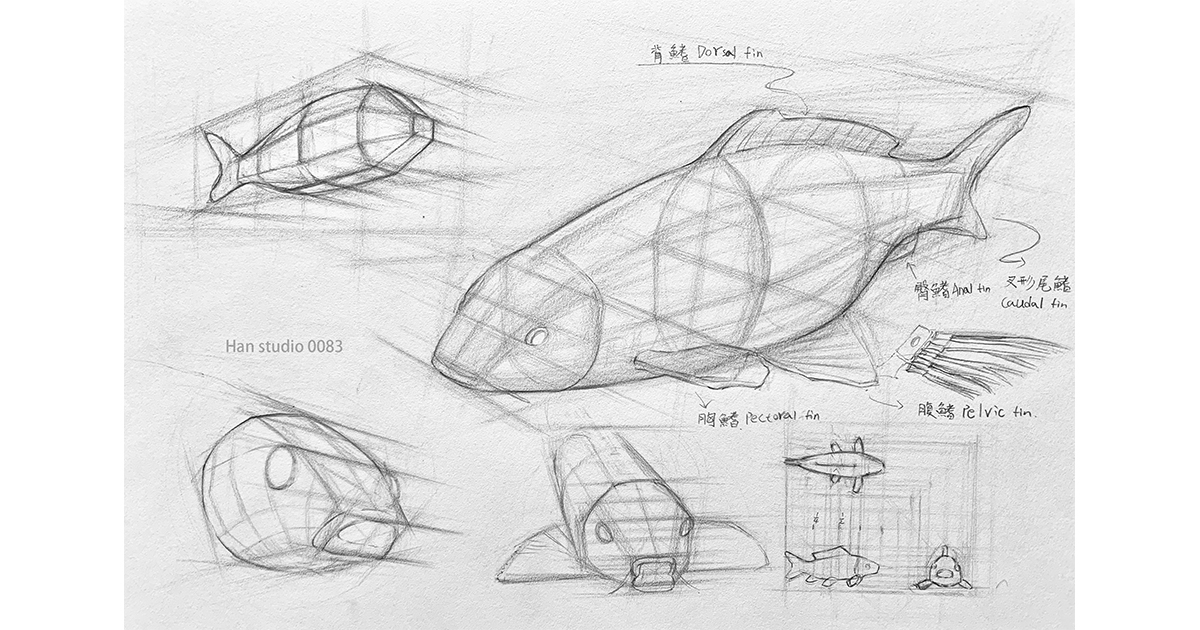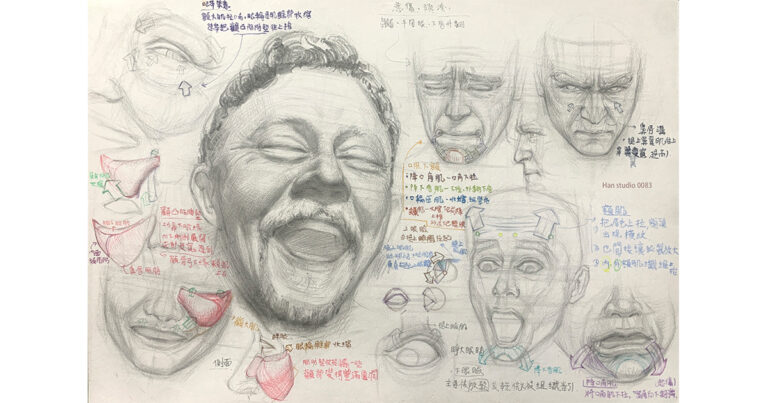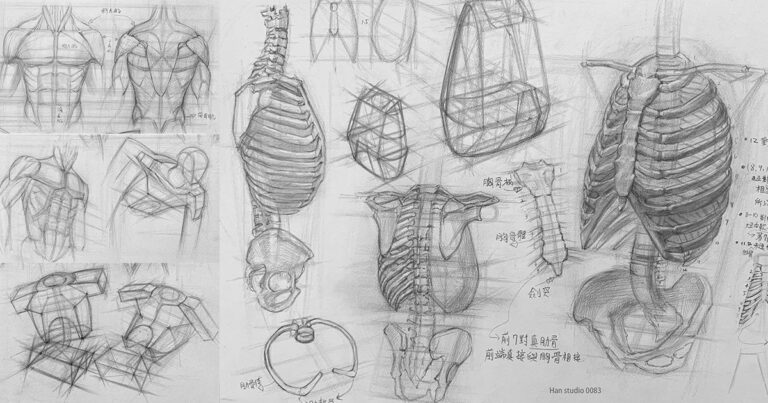This week in sketching class, we practiced drawing fish heads—so I took the opportunity to organize a structural guide to help you better understand how to draw fish.
If you're curious about how to draw fish and want to understand their structure, keep reading!
The body structure of a fish sketch can be divided into the following main parts:
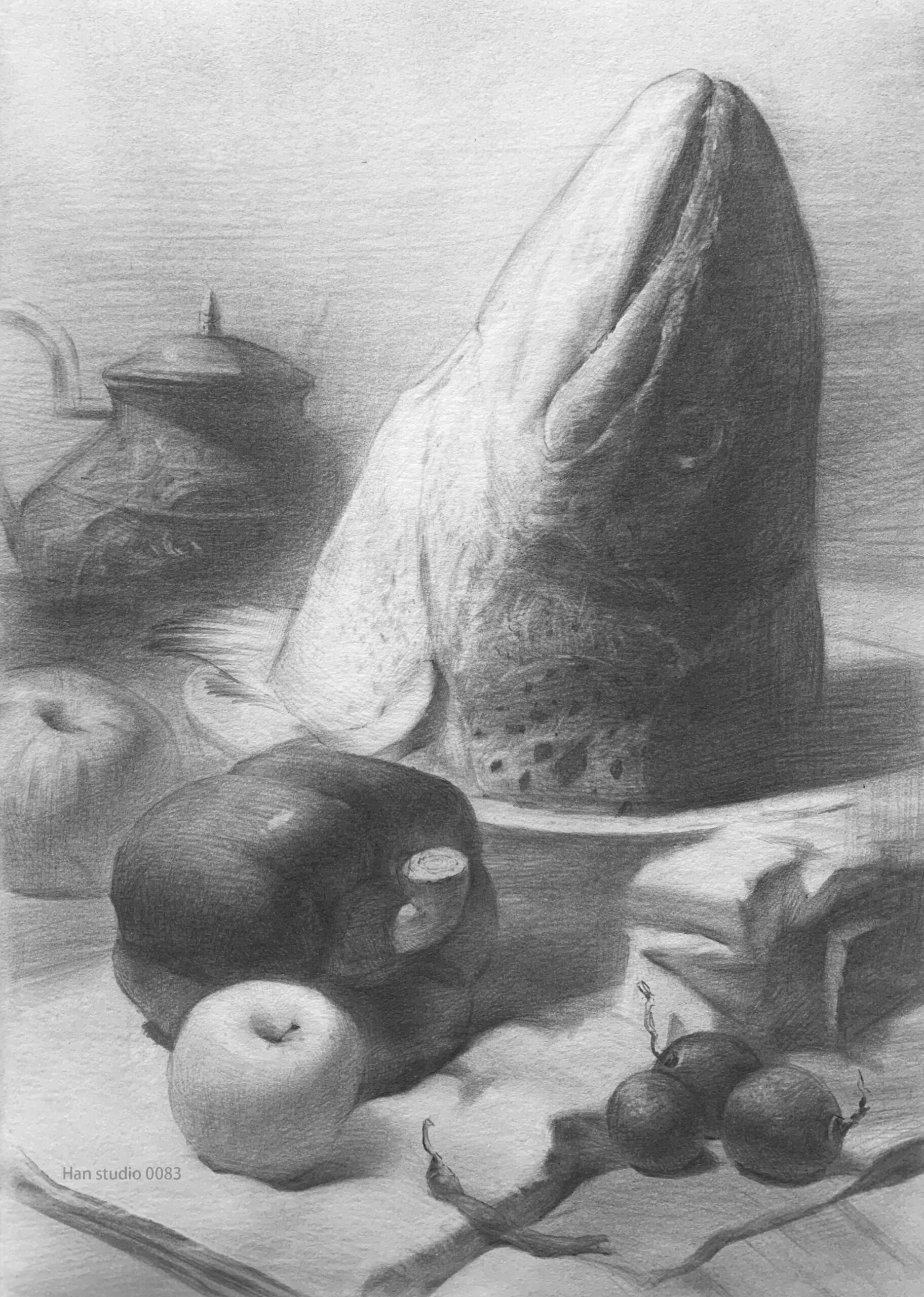
● Basic Shape and Proportions of a Fish:
The body of a koi fish is streamlined, with a wider head and a gradually narrowing tail.
The body can be divided into three parts: the head, the trunk, and the tail.
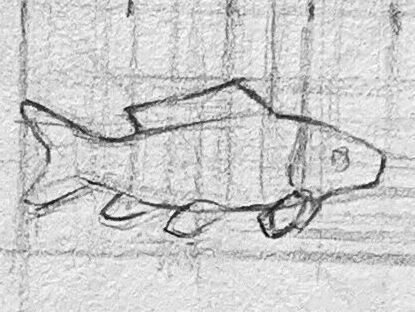
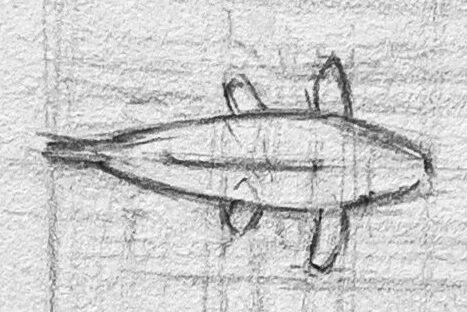
● How to draw the body of a fish?
Basic Shape:
Use a three-view diagram to establish the length of the koi fish—roughly equivalent to the length of two squares.
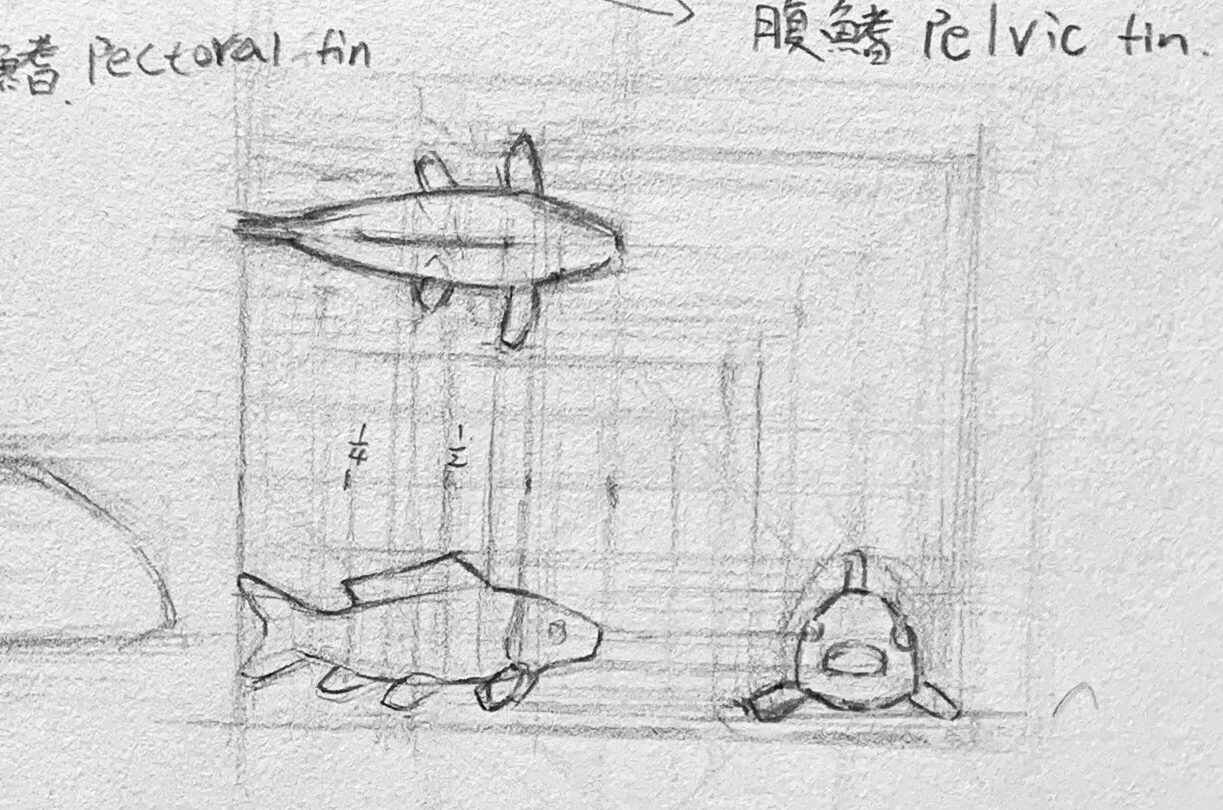
– Once you have the overall proportions, break down the fish’s body into simple geometric shapes (like cylinders and ovals).
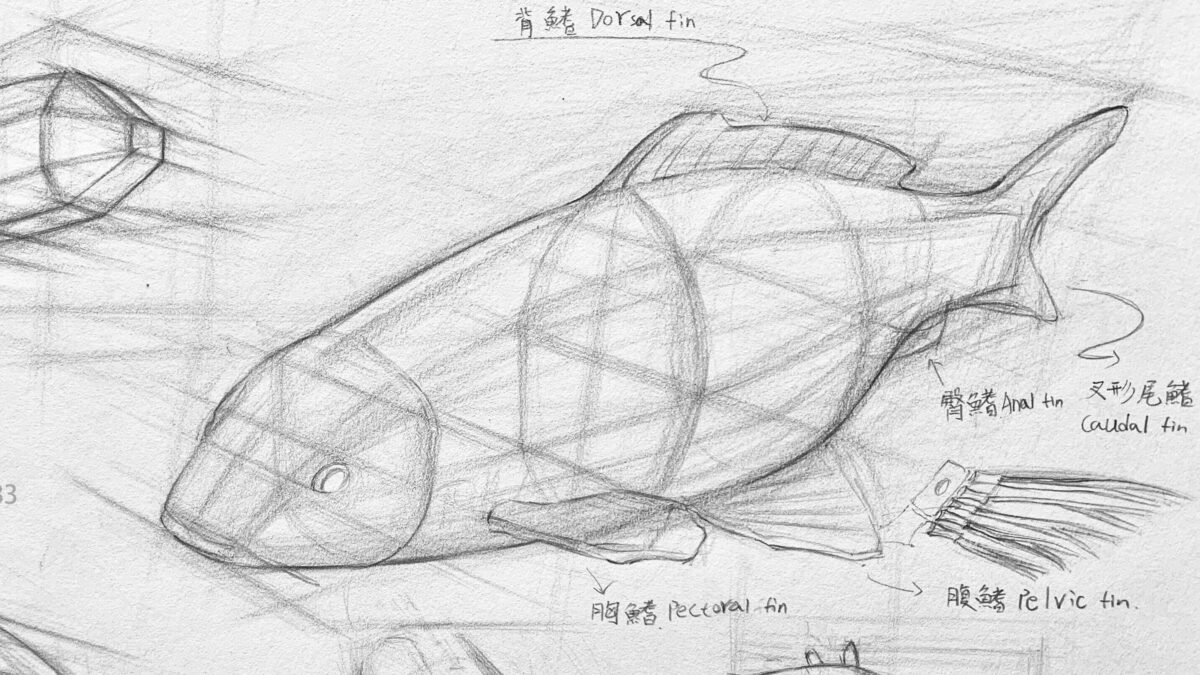
Block Out the Fish’s Form
– Since the fish’s body is curved, to help understand the curvature of the fish’s body, the demonstration will use block shapes to illustrate it.
In the demonstration, I use simplified block shapes to outline the form. Refer to the main diagram for the fin positions.
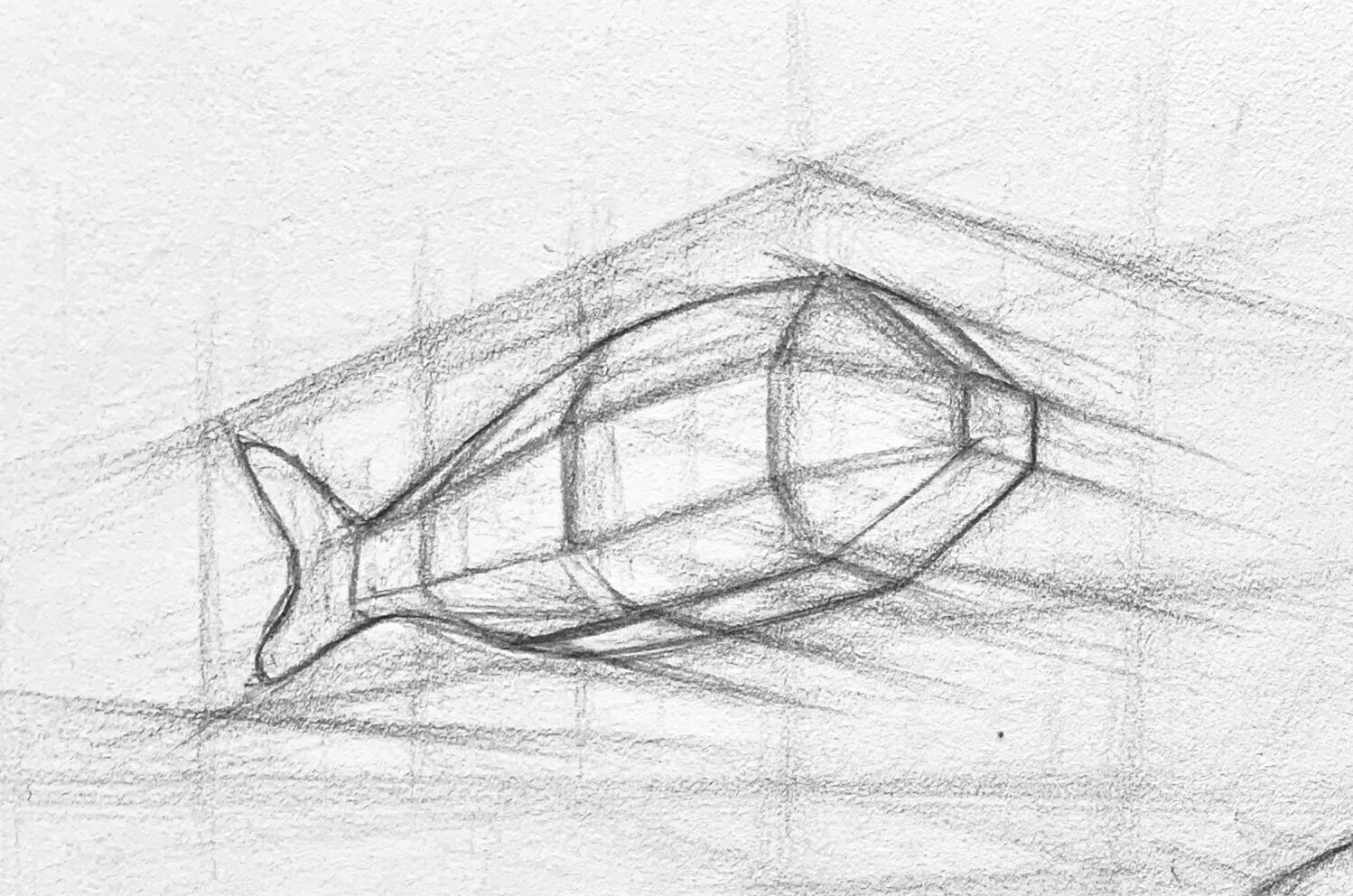
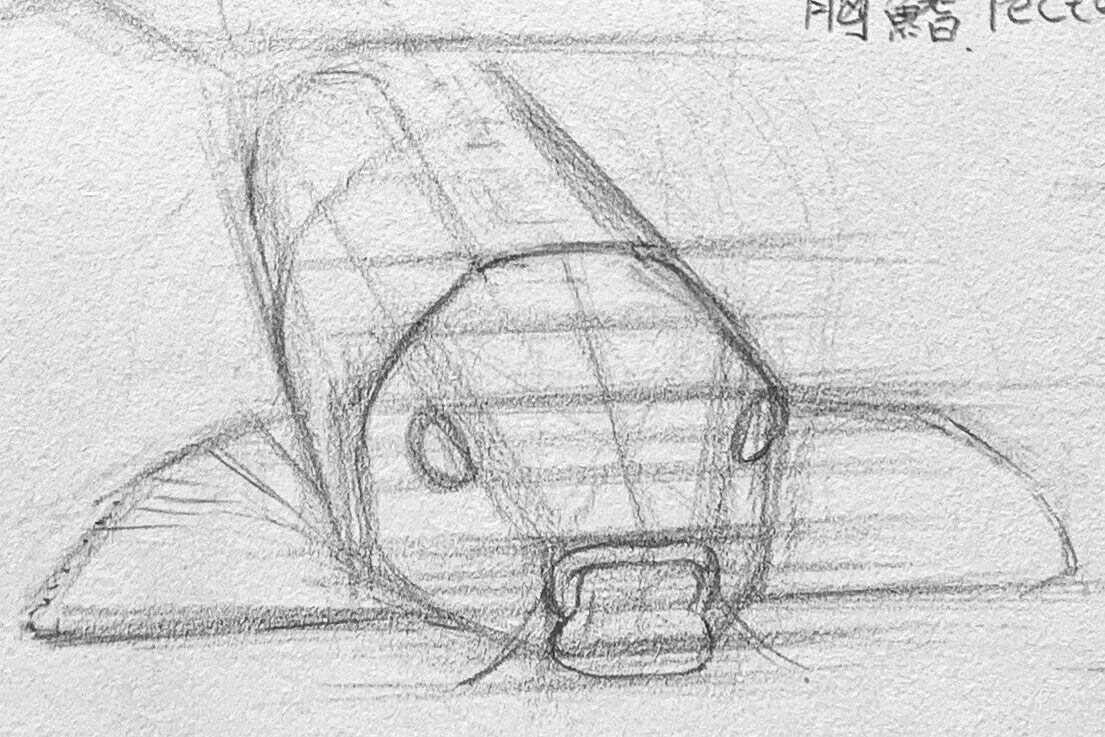
3. Fins’ Structure and Position:
The fins can be referenced according to the positions indicated in the main diagram.
Dorsal Fin (Top Fin):
Located on the fish’s midline, typically toward the middle or rear part of the back. Some species may have a first and second dorsal fin.
Shape Characteristics::
- Common shapes include triangular, curved, or wavy (depending on the fish species).
- For some fish, like sharks, the dorsal fin is tall and pronounced—like a sail.
- The dorsal fin has a protrusion that resembles a small mountain peak.
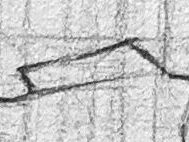
Drawing Tips:
- Begins near the spine, with a slightly curved base blending into the back.
- Make sure the angle and direction flow naturally from the back.

Pectoral Fins:
On both sides of the body, just behind the gills—usually symmetrical.
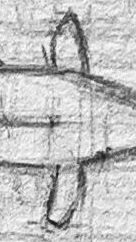
Shape Characteristics::
- Fan-shaped, oval, or rounded triangles.
- Some fish (e.g., flying fish) have large pectoral fins that resemble wings.
Drawing Tips:
- Often slightly spread open to suggest motion.
- When drawing from the side, pay attention to thickness and spacing from the body.

Pelvic Fins:
Dorsal Fin (Top Fin)::On the lower side of the belly, just behind the pectoral fins.
Shape Characteristics::
- Usually small and triangular or slightly curved.
- In some species (e.g., koi), these fins are more prominent.
Drawing Tips:
- Easy to overlook in front view—be sure to indicate symmetrical placement.
- Helps convey a sense of balance in the fish’s posture.

Anal Fin:
Dorsal Fin (Top Fin):On the lower rear belly area, near the base of the tail.
Shape Characteristics::
- Often resembles a small dorsal fin, triangular or narrow strip shape.
- Helps stabilize the body and aid in directional control.
Drawing Tips:
- Appearance varies by viewpoint—refer to top views for accurate proportions.
- Often blends closely with the muscle transitions of the caudal peduncle (tail stem).
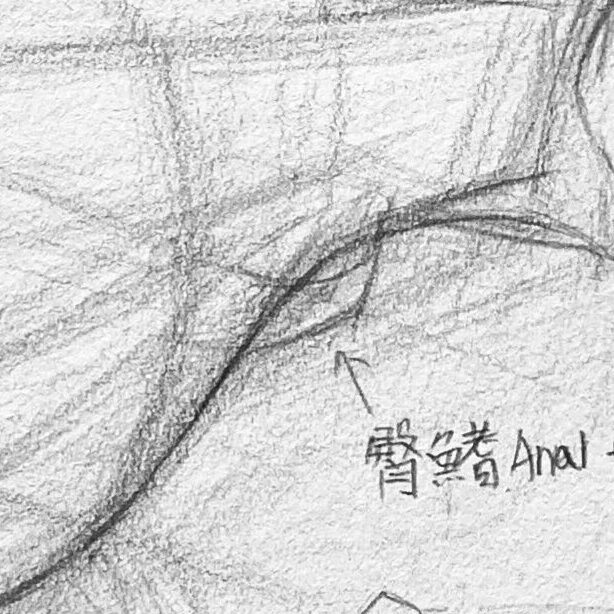
Caudal Fin (Tail Fin):
Dorsal Fin (Top Fin):At the very end of the fish’s body.
Shape Characteristics::
Highly varied—forked, round, trapezoid, or swallowtail depending on the species.
Main source of propulsion and movement in water.
Drawing Tips:
The tail base (caudal peduncle) is typically narrower—like a handle for a large fan.
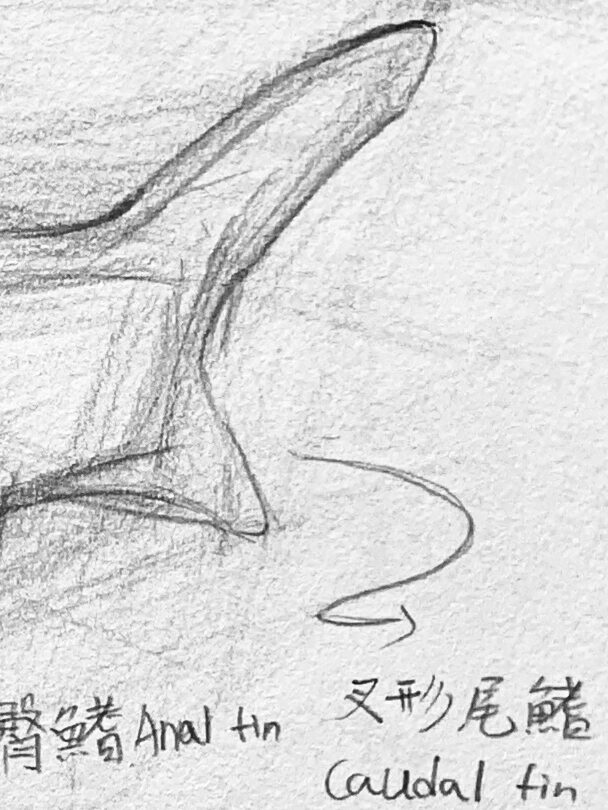
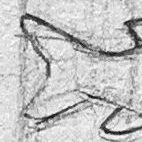
各自的形狀大小不一樣,胸鰭類似像是扇子的形狀,
4. Adding Structure Lines:
– The purpose of drawing structure lines is to help understand the shape’s curvature.
– Pay attention to aligning the nodes on the perspective lines while drawing. You can refer to the large reference diagram in the middle.
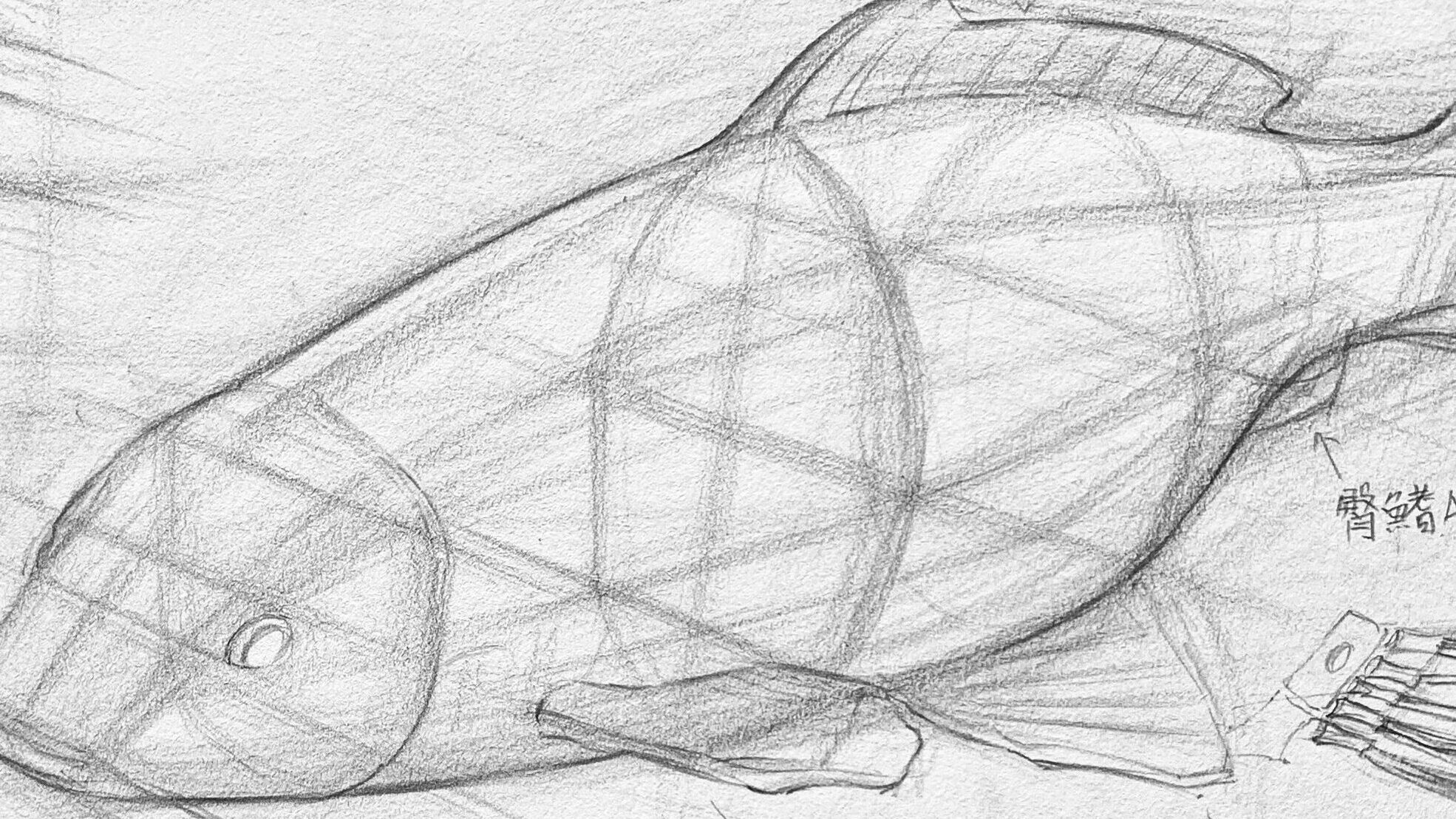

I hope this structural introduction helps you understand the key points about boats. If there are any topics or drawing techniques you'd like to learn, feel free to leave a comment or message me. Happy drawing!
If you're interested in learning to draw but don't know where to start, or if you'd like to understand the knowledge behind drawing,
feel free to join my LINE and contact me. In my classes, I organize drawing methods in a clear and structured way.
Click here to learn more about my drawing courses!
Other Related Animal Sketching Articles:
How to Draw a Pet Dog: Mastering Perspective and Proportions
How to Draw Birds: Master Sketching Body Structure
How to Draw Primates: Proportions, Anatomy, Dynamic Poses
Sketching Lions: Simplifying Head and Torso with Basic Shapes
